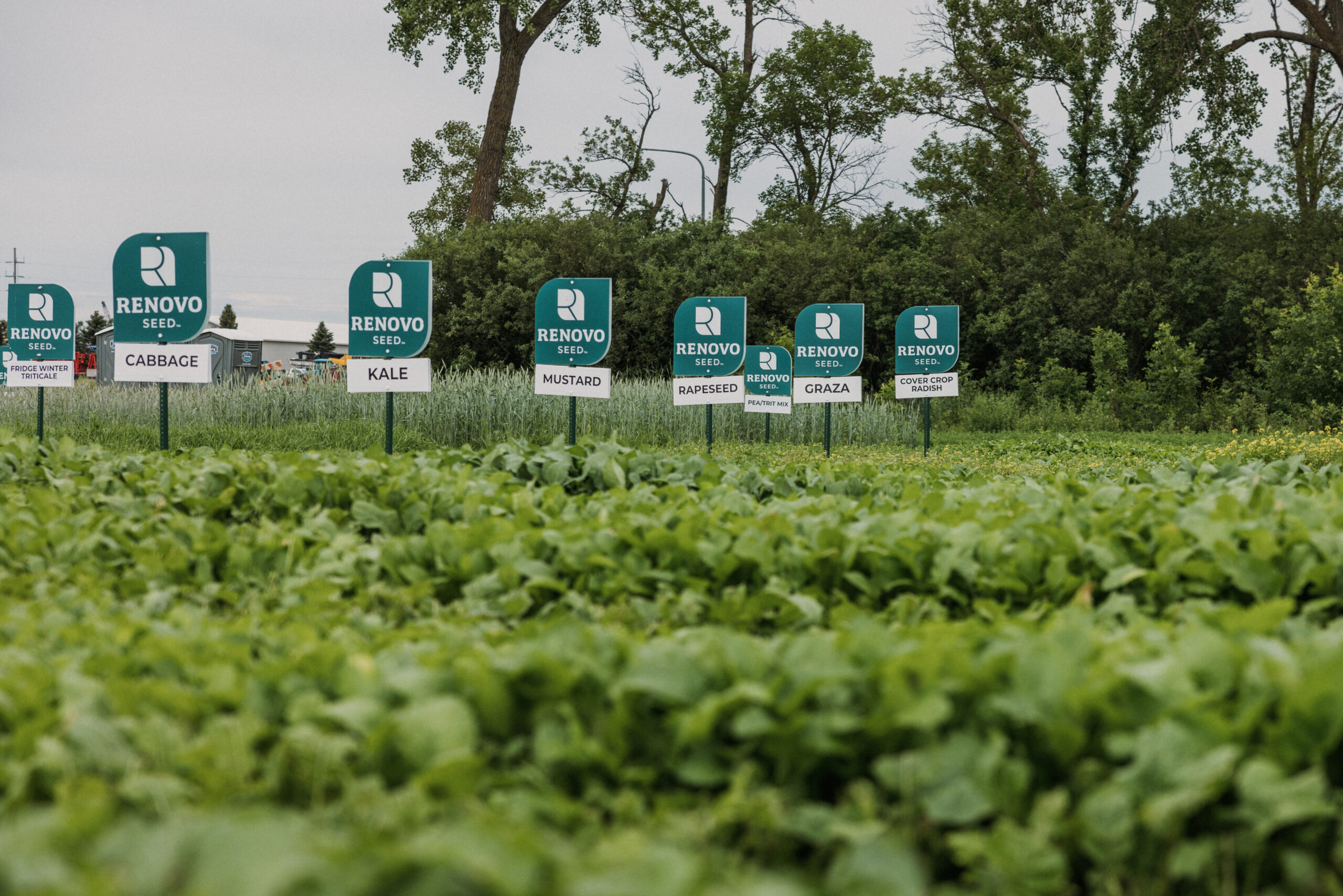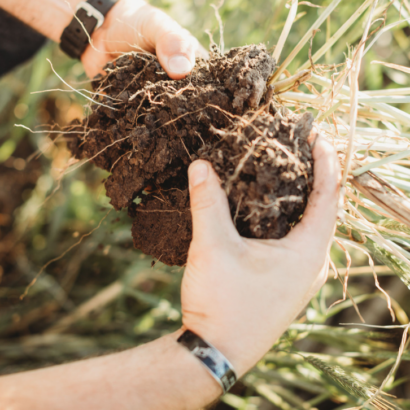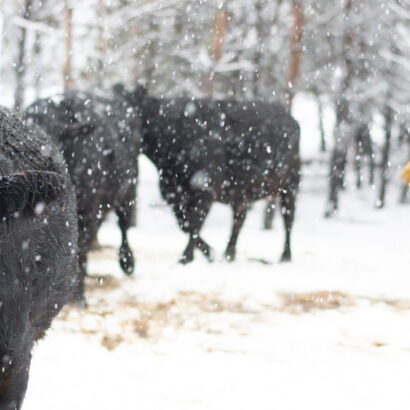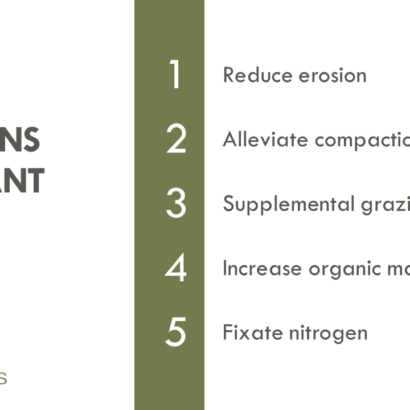In the Midwest we find ourselves with an excess of grass until mid-July, less abundance of grass in July and August, and a good supply of crop residue in late October through December. September is the month when cows start reaching over loose barbed wires for tall grass in the ditch as regrowth of grass in cool season pastures is washy and short. Couple this with fast growing calves on cows getting sucked down and this makes for a restless herd. Not only is performance on pause in this scenario, but pastures are typically over-grazed from this, ultimately setting them back for next spring.
Filling this grazing void needs to come from an annual forage system. Finding the planting window in conjunction with a crop rotation takes a bit of planning. Ideally, to graze a forage in September or October, you should plant it in July or August. So, what system can we develop that will yield the most return per acre, and kick out some bonus grazing acres before we wean and move to grazing crop residue?
At Renovo, when we develop a grazing forage mix, we want diversity. Symbiotic relations are formed amongst multiple species, and growth and yield is always better. Sort of like heterosis of crossing Simmental bull on an Angus cow. Combining brassicas with grasses will give you that Simm-Angus outcome. Along with more forage yield, this diversity of species fits better with any crop rotation.
The reason this combination kicks out a high performing blend is because the grasses are your high yielding component that provide dry matter and roughage in the diet. The brassicas compliment them by being higher quality and more digestible. They also work with the weather of the season. If you use warm-season grasses, they will explode in growth through August, but die with the first frost. The brassicas are frost tolerant and will stay green even with snow cover. This makes for a TMR that averages out to 3-4 tons/acre of DM at 13-15% CP. The sub-species of brassicas that work best for grazing are turnips, rapeseed, and radishes. If you want the newest and best on the market, take a look at Winfred, Hunter or Pasja, Barkant turnip, and Graza radish. These improved varieties will have more foliage and yield.
Correctly incorporating an annual grazing mix into a crop rotation can work by planting it as the lone crop for the season, or double cropping. If you’re double cropping, fit this into the field after a small grain harvest, but make sure to have it planted by the end of the summer. We’ve seen many success stories with allocating acres strictly for forage production. In this case, I’d use crops that regrow for multiple harvests during the season. This can gain you a hay or baleage cutting, then the regrowth provides the grazing for your summer slump timeframe.
The nutritional boost that this plan can have for your cows is fantastic. If you have pairs that are ready to wean the first of November, this provides the perfect boost to performance before that time. Continue the growth curve on your calves and put your cows on stalks in good condition by grazing a high-quality forage mix in September and October.




Discussion
0 Comments